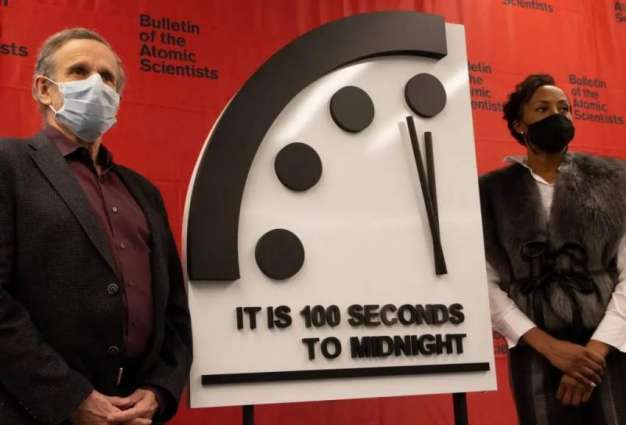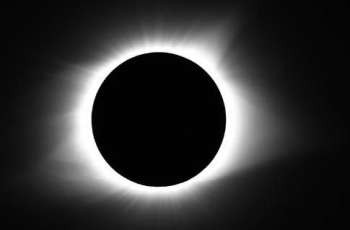The symbolic Doomsday Clock showing the nuclear threat remained at 100 seconds before midnight, a term used to describe a nuclear apocalypse, the US-based Bulletin of the Atomic Scientists said on Wednesday
MOSCOW (Pakistan Point News / Sputnik - 27th January, 2021) The symbolic Doomsday Clock showing the nuclear threat remained at 100 seconds before midnight, a term used to describe a nuclear apocalypse, the US-based Bulletin of the Atomic Scientists said on Wednesday.
According to the bulletin, the world remains close to nuclear catastrophe due to a "mishandling" of the COVID-19 pandemic that "will end up killing over two million people" worldwide.
"The mishandling of this grave global health crisis is a 'wake-up call' that governments, institutions, and a misled public remain unprepared to handle the even greater threats posed by nuclear war and climate change. Given this and the lack of progress in 2020 in dealing with nuclear and climate perils, the Doomsday Clock remains as close to midnight as it has ever been - just 100 seconds to midnight," the Bulletin said.
The Doomsday Clock decision is made by the bulletin jointly with its board of sponsors, which includes over a dozen of Nobel laureates.
To avoid nuclear catastrophe, the bulletin called on the United States and Russia to prolong the New Strategic Arms Reduction Treaty (New START) for as long as possible. The sides on Tuesday agreed to a five-year extension of the treaty which was set to expire in early February.
In addition, the Bulletin called on the US and Iran to rejoin the Joint Comprehensive Plan of Action, and urged North Korea to agree to "codify and allow verification of its moratorium on nuclear tests and long-range missile tests."
The organization also mentioned other steps that could be taken to address nuclear and other major threats, including decarbonization, combating disinformation and reducing biological risks.




